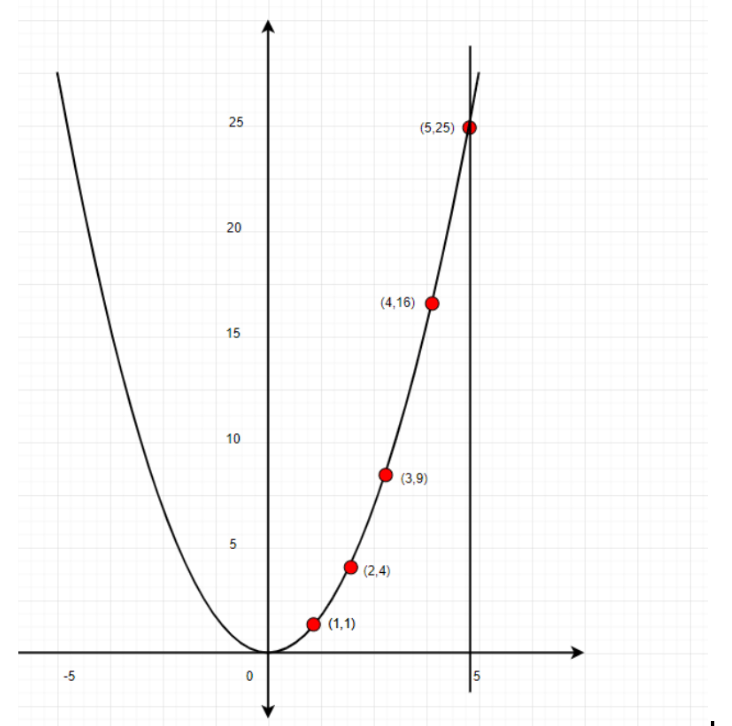CBSE Class 8 Maths Important Questions for Introduction to Graphs - Free PDF Download
FAQs on Important Questions for CBSE Class 8 Maths Chapter 13 - Introduction to Graphs
1. How do you make a graph according to Chapter 13 Introduction to Graphs in Class 8 Maths?
The graphs are representations of the data in a visual format. Data comparisons are made much easier with the help of these graphs. The graph's purpose is to visually represent numerical data so that it can be quickly, easily, and clearly understood. To make a graph you need the required tools, which are, graph paper, pencil and ruler. Then you need to draw the x-axis and y-axis perpendicular to each other. The point where both of the axes meet is called an origin.
2. What are the different types of graphs mentioned inChapter 13 Introduction to Graphs in Class 8 Maths?
Chapter 13 Introduction to Graphs in Class 8 Maths discusses four types of graphs:
Bar Graph- Several parallel vertical or horizontal bars are used to compare various categories.
Pie Chart or Pie Graph- Using a pie chart, you can compare different parts of a whole.
Histogram- In a histogram, data is displayed in intervals using a bar graph. The intervals are separated by adjacent bars.
Line Graph- A line graph shows data that is constantly changing over time by joining various points on the graph through a line.
3. How many exercises are there in Chapter 13 Introduction to Graphs in Class 8 Maths?
There are a total of three exercises in Chapter 13 Introduction to Graphs in Class 8 Maths. All these exercises hold questions based on the fundamental topics explained in the chapters. These questions are basically about how to make a graph, how to place two points in a graph, how to find coordinates and so on. You can solve these questions to practise your basics. And if you feel stuck at any of these questions you can visit Vedantu and take help of the NCERT solutions provided.
4. Why should I focus on the concepts of graphs in Chapter 13 Introduction to Graphs in Class 8 Maths?
Chapter 13 Introduction to Graphs in Class 8 Maths is a brief introduction of what graphs are and how they work. Making and reading graphs is a basic skill that everyone should have, and this chapter will teach you the basics. It doesn't stop there; you'll also be studying and using graphs in higher classes. Graphs are important not only in Maths but also in Physics when you reach 9th Grade. And therefore, Vedantu is the best source for learning graph concepts at the earliest.
5. How does Vedantu help in learning Chapter 13 Introduction to Graphs in Class 8 Maths?
The Chapter 13 Introduction to Graphs in Class 8 Maths could be a bit tricky as it starts preparing the students for the higher classes, especially for the boards. Vedantu acknowledges the importance of Chapter 13 Introduction to Graphs in Class 8 Maths and provides the students with sufficient amounts of study materials. Graphs will be a part of the curriculum long even after you graduate from high school and therefore, Vedantu makes sure to clarify every concept related to Chapter 13 Introduction to Graphs in Class 8 Maths providing suitable notes and important questions.























